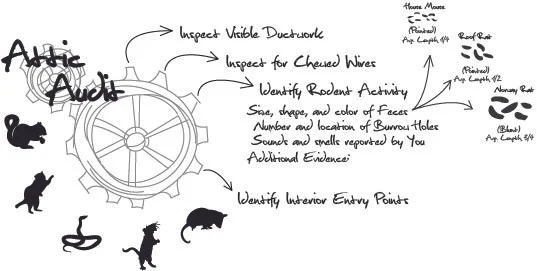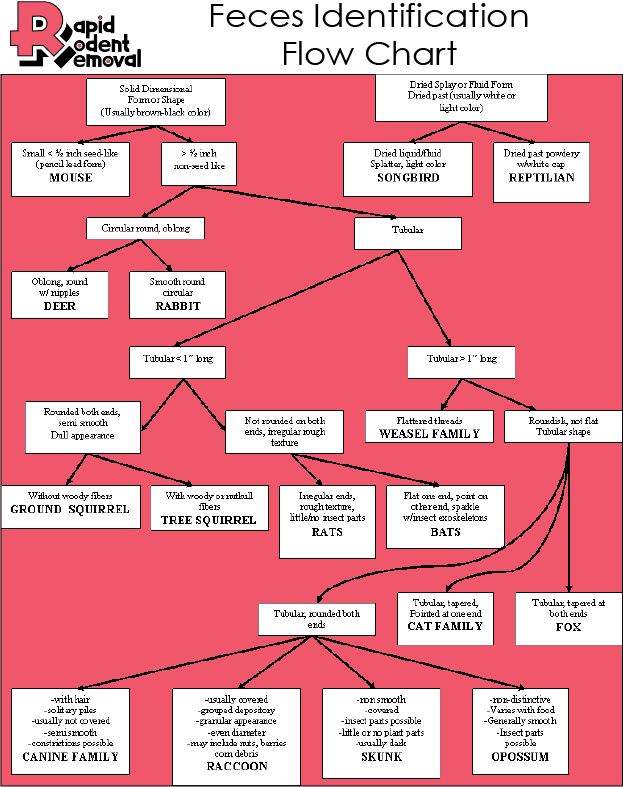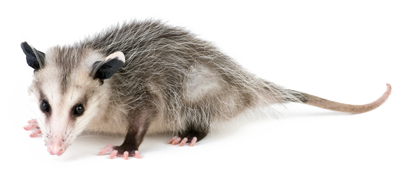Skunk Poop
Skunk Poop: Identification, Dangers, and Cleanup Methods
Introduction
At Rapid Rodent Removal, we are dedicated to providing accurate and useful information on wildlife removal and pest control. In this article, we will focus on skunk poop: its identification, the dangers it poses, and the best methods for cleanup.
Identifying Skunk Poop
What Does Skunk Poop look like ?
Skunk droppings can be easily identified by their distinct characteristics:
Size and shape: Skunk droppings are typically 1/2 inch in diameter and 1-2 inches long. They are often tube-shaped with tapered ends.
Color: The color of skunk poop can vary depending on the skunk's diet, but it is generally dark brown or black.
Contents: Skunk droppings often contain undigested insect parts, seeds, and fur from their prey. These contents can provide important clues for identification.
Comparing Skunk Poop to Other Animals' Droppings
It is important to distinguish skunk droppings from those of other animals. Here are some key differences:
Raccoon: Raccoon droppings are larger, with a diameter of 3/4 inch, and are more likely to contain fruit remnants.
Squirrel: Squirrel droppings are smaller, rounder, and have a smooth texture.
Opossum: Opossum droppings are similar in size but tend to be more curled and have a twisted appearance.
Dangers of Skunk Poop
Health Risks
Skunk droppings can carry a variety of diseases and parasites that can be harmful to humans and pets, including:
Leptospirosis: A bacterial infection that can cause flu-like symptoms, kidney damage, and even death in severe cases.
Salmonellosis: A bacterial infection that can lead to diarrhea, fever, and abdominal cramps.
Roundworm: Skunk droppings can contain roundworm eggs, which can infect humans and pets, causing symptoms such as fatigue, coughing, and organ damage.
Odor Issues
The strong, pungent odor associated with skunks can also be present in their droppings, making cleanup a potentially unpleasant task.
Skunk Poop Cleanup Methods
Personal Protective Equipment (PPE)
Before attempting to clean up skunk droppings, it is important to wear proper personal protective equipment, including gloves, a mask, and eye protection.
Removal and Disposal
Follow these steps to safely remove and dispose of skunk droppings:
Use a shovel or disposable gloves to pick up the droppings.
Place the droppings in a sealed plastic bag.
Dispose of the bag in an outdoor trash receptacle.
Disinfecting the Area
After removing the droppings, it is essential to disinfect the affected area:
Mix a solution of 10% bleach and 90% water.
Apply the solution to the area using a spray bottle or sponge.
Allow the solution to sit for 10 minutes before wiping it away with a clean cloth.
Preventing Future Skunk Infestations
To prevent skunks from returning to your property, consider these steps:
Remove potential food sources, such as pet food or fallen fruit.
Seal off any potential entry points to your home, such as gaps under porches or crawlspaces.
Install motion-activated lights or sprinklers to deter skunks from approaching your property.
Conclusion
Skunk poop can pose various health risks and create unpleasant odors. By following
All About Animals …
Suspendisse nec congue purus. Aenean eu justo sed elit dignissim aliquam. Suspendisse nec congue purus. Class aptent taciti sociosqu ad litora torquent per conubia nostra, per inceptos himenaeos.
RATS
SQUIRRELS
RACCOONS
OPOSSUMS
SNAKES
BATS
WILDLIFE REMOVAL
articles:
What does a rat nest look like ?
What is a Squirrel King










